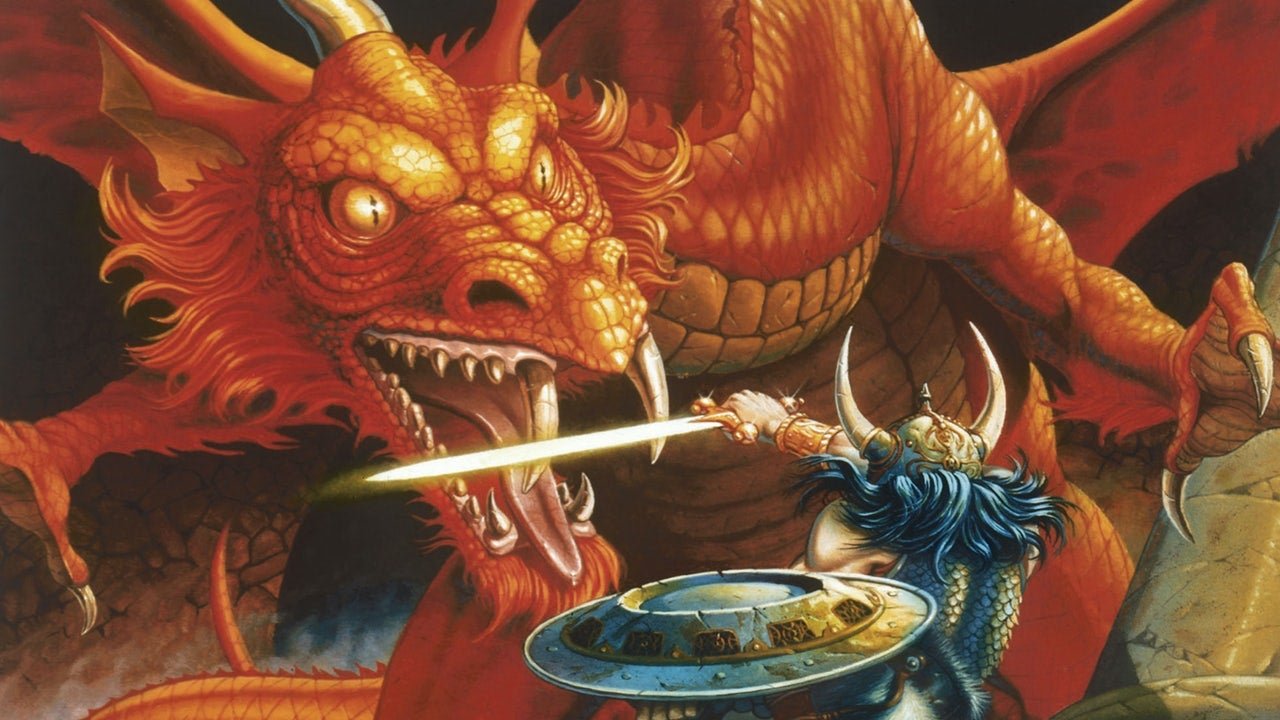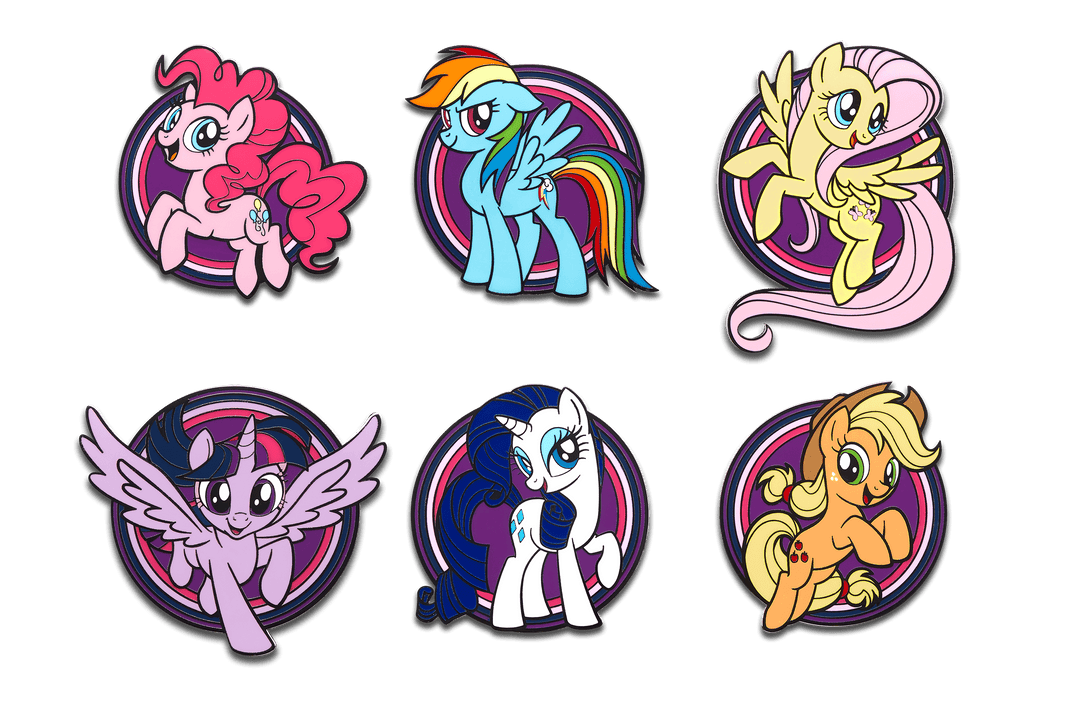Five Fun Facts, Dungeons & Dragons!

We're kicking off the New Year with a BANG by returning to an oldie but a goodie for the Pinfinity Post: Five Fun Facts! And with today being National Trivia Day, what better way to celebrate than with some trivia knowledge about everyone's favorite Tabletop RPG: Dungeons & Dragons!
Without further ado... Let's dive into Five Fun Facts about D&D!

In 1970 Gary Gygax and Don Lowry published a medieval miniatures wargame called "Chainmail". Rooted in traditional combat (think hand-to-hand, martial combat, cavalry, jousting, etc), Chainmail later introduced a "fantasy supplement" with new rules for monsters, magic, superheroes, mythical creatures, and more. Eventually, this evolved into a full-on supplemental rulebook entitled "Dungeons & Dragons". However, after a creative disagreement between the Chainmail and D&D teams, the latter decided to break away to create their own standalone game... And the rest, as they say, is history!

Anyone that's been around a D&D table knows that the Bard is generally a unique, powerful, and diverse class to have in any adventuring party. However, because the Bard is perceived as sort of the "Jack of all Trades, Master of None", it can often be an underplayed and undervalued class. However, there's sort of a reason for this... In the original run of Advanced Dungeons & Dragons, the Bard was almost a "prestige class" of sorts, because it required that you have levels in several other classes first. This resulted in a character with a wide variety of class features, abilities, and spells - aka, this class was kind of nutty in early iterations of D&D!

It comes as no surprise that many of the base classes for the original version of Advanced Dungeons & Dragons were based on and/or inspired by various pieces of fantasy literature that was popular at the time. For example: the Ranger class is supposedly inspired by none other than iconic Ranger of the North Aragorn from LOTR. The Thief class (aka Rogue) was essentially based on Gray Mouser from "Fafhrd and the Gray Mouser" series. Hey... You'll never guess what class Conan the Barbarian inspired!

Anyone that has spent time with tabletop RPGs, standard turn-based RPGs, and even games like MMORPGS, you've probably been introduced to the "Holy Trinity" of RPGs - that trinity, of course, is "Tank", "Healer", and "Damage". It's very possible that the origin of this can be attributed in some way to the earliest days of Dungeons & Dragons, which originally featured essentially a "Fighting class", "Magic Damage class" and "Healer". Of course this didn't last too long, as the first official iteration of D&D featured 12 base classes, with the 13th class, Artificer, having been added in recent years.

In one of the more interesting tidbits of trivia regarding the history of Dungeons & Dragons, we go all the way back to D&D creator Gary Gygax's childhood. Supposedly, many D&D inspirations, stories, characters, modules, etc, were inspired by childhood memories harkening to the days of Gygax and his friends sneaking into creepy caves and old abandoned psychiatric hospitals at night. Evidently many of those spooky nights with his friends left a lasting impression on Gygax, as he would later in his life draw upon many of those memories when it came to detailing a monster, or what the environment of a scary dungeon would look like - how cool is that?!
And there you have it!
Five Fun Facts for one of the most iconic and historic names in gaming and entertainment, Dungeons & Dragons! Got any fun facts you want to share with us, let us know on social - and if you want to snag some epic D&D swag, sign up for this month's Pinfinity+ DUNGEON drop at pins.ar/joinplus!







